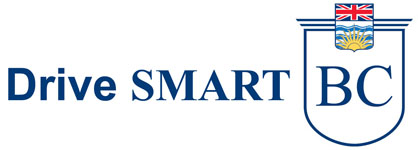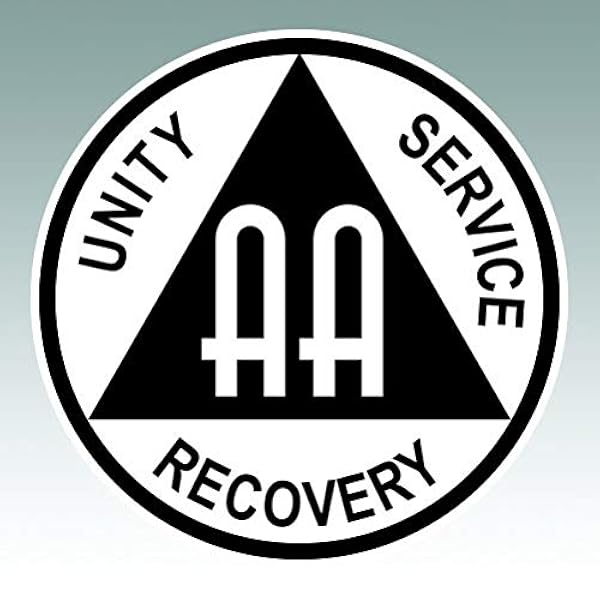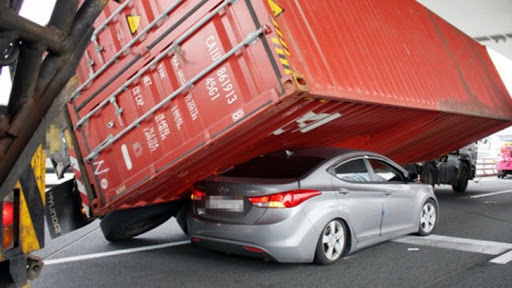One evening while patrolling in an unmarked police car I approached a cross street that was controlled by stop signs. I could see a car approaching from my right going fast enough that I was concerned that the driver did not intend to stop. I shadowed my brake pedal and when the other vehicle was at a 45 degree angle making a right turn I stomped and stopped. So did he. We sat and looked at each other for a moment and when it was clear that he wasn’t going to go, I waved him forward.
I’m sure that you are anticipating why I wanted to have this driver in front of me. Yes, I turned on my emergency equipment and pulled him over to issue a traffic ticket for disobeying the stop sign. The driver was not happy with the outcome and said so. He had come to a complete stop, why was I bothering him by writing the ticket? I explained that it was not only important to stop for stop signs, it was also important how and where you stopped.
The driver must not have believed me because I received a notice for traffic court. He was disputing the allegation.

At the trial, I explained the circumstances to the justice. This driver had started to encroach on my lane before he stopped and I stopped because I was concerned that we were going to collide with each other. He was facing a stop sign at the intersection and both a crosswalk and a stop line were marked on the pavement. The stop occurred with the back bumper of this man’s vehicle over the stop line.
The driver was convicted for disobeying the stop sign and fined.
Chances are good that this driver only intended to stop for the sign if he needed to. The speed at which he approached the intersection was much faster than most drivers who come to a proper stop. Scanning both sides of the intersection as you approach allows you to gauge what other traffic might do before you enter the intersection.
Shadowing the brake when you are concerned allows you to stop more quickly if your suspicions are confirmed. By shadowing the brake I mean taking your foot off of the accelerator and hovering it over the brake pedal without touching it. If you need to brake in a hurry, you are almost there already. If not, move your foot back to the accelerator and continue on.
The stop sign only tells you what you need to do when you face one. It is the markings, or lack of them, on the road that tell you where you must stop. If there is a marked stop line, then you must stop before you cross it. If there is a marked crosswalk and no stop line, you stop before entering the crosswalk. If there are no markings present, you stop before you encroach on the lane used by cross traffic.
Now that you’ve stopped, what if you can’t see properly? Your next step is to carefully move ahead to where you can see sufficiently well and stop again. Proceed when it is safe to do so. I have been advised by ICBC driving examiners that the secondary stop is not necessary if no cross traffic is present. However, if you are taking a road test, it would be wise to discuss this with your examiner before you start the exam.
To comment or learn more, please visit DriveSmartBC.ca
Constable Tim Schewe (Retired)
DriveSmartBC: Where better than average drivers satisfy their curiosity.






